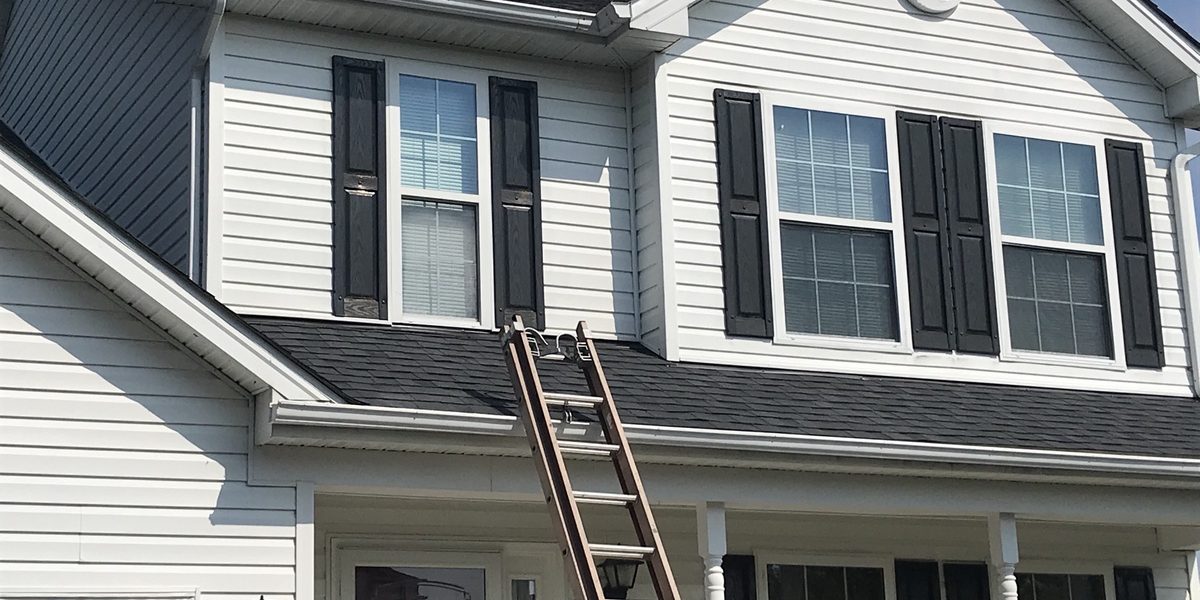If you are in the market for new or replacement windows, it’s easy to get overwhelmed with all of the options. From style to energy efficiency to function, the wide array of choices available to consumers is almost endless! To help you begin sorting through the numerous options, check out the most common window glass types below, along with some pros and cons of each kind.
1. Float Glass
Float glass is one of the window glass types that are relatively common. It is a standard type of glass that is manufactured by pouring molten glass into a tin, resulting in a large, single sheet.
Pros. Float glass is very affordable and easy to find. The process used to manufacture float glass is uniform, which means the glass will be consistent in size across the entire sheet.
Cons. If it’s a single pane of glass, float glass does not offer much in the way of energy efficiency. Safety could be a concern, too, since the thin glass may easily shatter and/or break into dangerous pieces.
2. Insulated Glass
The insulated glass comes in double-and triple-pane varieties, with gasses like krypton or argon between the panes.
Pros. Having multiple panes and gas in between each pane offers more insulation, thereby creating a more energy-efficient window.
Cons. Variations exist between models and manufacturers, so be sure to research the efficiency ratings of any window you are considering. Not all insulated gas is created equal!
3. Tempered Glass
When float glass goes through a slow cooling process, the end result is a much stronger type of window called “annealed” glass. Tempered glass, then, takes the annealed glass through an additional level of processing (tempering) so the glass becomes incredibly strong.
Pros. This is one of the window glass types that is much safer than float glass because it will shatter into smaller pieces instead of large, sharp pieces if broken.
Cons. This type of glass cannot be cut, so you would not be able to resize it. Also, if it’s a single pane, it will not be as energy-efficient as other window types.
4. Laminated Glass
Laminated glass is made with two layers of glass, with a flexible plastic layer in between.
Pros. If the window shatters or breaks, the laminated layer will do an effective job of holding the pieces together, providing additional safety to anyone nearby. It also makes breaking into a home that much more difficult, due to the added layering.
Cons. The major drawback of this type of glass is the cost. Laminated glass tends to be more expensive than standard float glass.
5. Obscured glass
Obscured glass is translucent, with patterns, designs, or etchings in the glass that will distort the light passing through it, making it difficult to see through.
Pros. If you’re looking for a certain level of privacy, obscured glass is one of the window glass types that still lets light in – but you can effectively prevent others from seeing into the room.
Cons. Unless the glass is laminated or more than a single pane, these are not energy-efficient and do not provide a high degree of safety.
6. Low-E (Low-Emissivity Glass)
Low-E glass is coated with a thin, transparent layer that directs UV light away from the home.
Pros. Because Low-E glass directs light away from the home, your house will remain cooler in the summer. And because it reflects heat inside your home, it will trap the heat inside during the winter months, making it extremely energy efficient.
Cons. This is one of the more expensive window glass types; however, the energy savings may be worth the price tag.
7. Wire Glass
This is not a common style for a home, due to its more institutional look, with a grid of wire embedded into the glass. However, wire glass serves a very important purpose, with its fire-resistant and safety properties. If wire glass is broken by force or high heat, the glass itself is much less likely to shatter everywhere.
Pros. For large institutions like schools and hospitals, this is a utilitarian window style that may suit these organizations’ safety needs.
Cons. The look of this glass is not stylish or very pleasing to the eye, making it a safe but somewhat unattractive glass type for a residential home.
8. Mirrored glass
Mirrored glass has a metal coating that reflects light, allowing you to see through it from one side only during the day. Those on the other side only see the mirrored coating.
Pros. This is one of the window glass types that is excellent for privacy, and it also suits homeowners who are seeking to achieve a sleek, modern look. From a heating and cooling perspective, mirrored glass prevents the full impact of the sun’s rays from entering your home, so it will keep your house cooler.
Cons. Due to its coating, you won’t get the same amount of light in the room as uncoated glass. Also, at night you lose the mirror feature since the light inside the house is brighter than the outside – meaning that people can see inside (if you don’t have proper window coverings).
As previously mentioned, this list is just a sampling of the common types of glass you may wish to consider. In addition to these window glass types, there are other options, including plastic, patterned, tinted, self-cleaning, and fabric glass, just to name a few.
Help! The options are still overwhelming! Where can I find window glass installers near me and home glass replacement near me?
If you’re ready to replace your window glass – or if you’d like input from experienced professionals when making a decision about which windows are best for your home – Mid-Atlantic Remodeling is here to assist. Our professional contractors are serving the Maryland area, and we are ready to help you select windows that match your style, needs, and budget.
Call us today at (410) 918-0563, or visit us online at https://midatlanticremodelingco.com/ to learn more.






